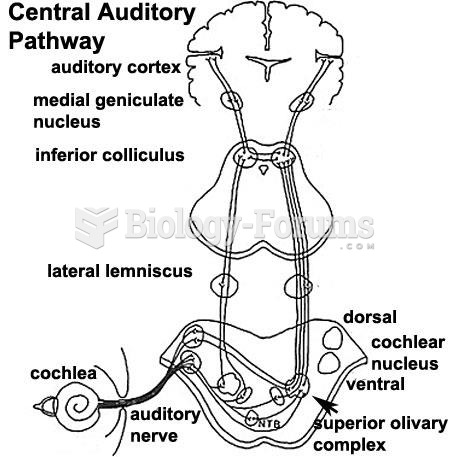This topic contains a solution. Click here to go to the answer
|
|
|
Did you know?
Colchicine is a highly poisonous alkaloid originally extracted from a type of saffron plant that is used mainly to treat gout.
Did you know?
There are more bacteria in your mouth than there are people in the world.
Did you know?
Illicit drug use costs the United States approximately $181 billion every year.
Did you know?
More than 4.4billion prescriptions were dispensed within the United States in 2016.
Did you know?
The first monoclonal antibodies were made exclusively from mouse cells. Some are now fully human, which means they are likely to be safer and may be more effective than older monoclonal antibodies.







